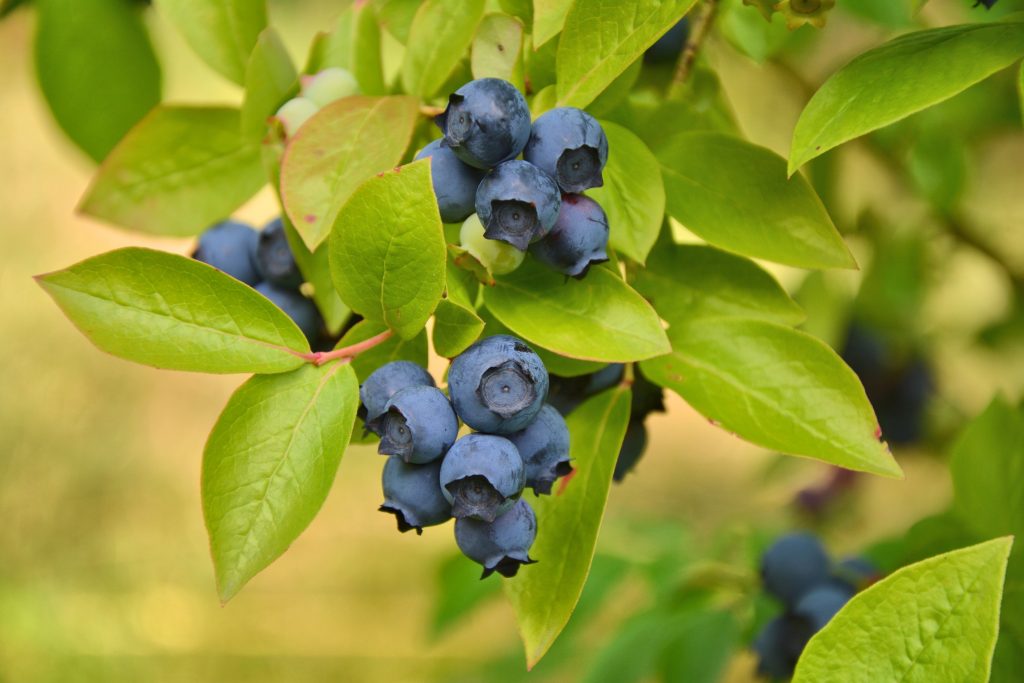By Ashley Robinson
Recent work by researchers at the University of Georgia (UGA) has targeted developing more robust smart irrigation scheduling methods for blueberries. Two main methods have been the development of a smart irrigation scheduling app and utilizing an unmanned aerial system (UAS).

Wesley Porter, associate professor and Extension precision agriculture and irrigation specialist at UGA, discussed these new methods during the 2021 virtual Southeast Regional Fruit and Vegetable Conference.
Irrigation Scheduling App
According to Porter, Georgia blueberry growers now have access to the Blueberry app, a smartphone application to supplement their practical knowledge with technical data on when to irrigate crops.
The Blueberry app runs a model that uses reference evapotranspiration (ET) data and the Penman-Monteith equation to calculate the irrigation needs of blueberries and predicts the crop ET data for the next seven days.
According to Porter, by knowing the total ET for the next seven days and the crop coefficient values of the blueberries, the crop ET of blueberries can be calculated, and irrigation events adjusted accordingly.
Furthermore, the app also eliminates the use of soil moisture sensors, reducing overall expenses.
To download the app, search for ‘SmartIrrigation Blueberry’ in the app store.
UAS Irrigation Research
UGA is also conducting UAS irrigation research. The research trial, taking place in Alma, Georgia, is using UAS to record canopy properties in a field, containing 16 soil moisture sensors and receiving two different irrigation treatments.
According to Porter, the thermal images obtained from the UAS are a valuable tool to quickly detect irrigation related issues. The technology has the ability to present the vigor of the blueberries and compare the effect of different irrigation treatments on the blueberries.
Operating and learning how to use the software on an UAS can come with a learning curve, so knowing how to use them accurately will produce the most accurate results, Porter says.









